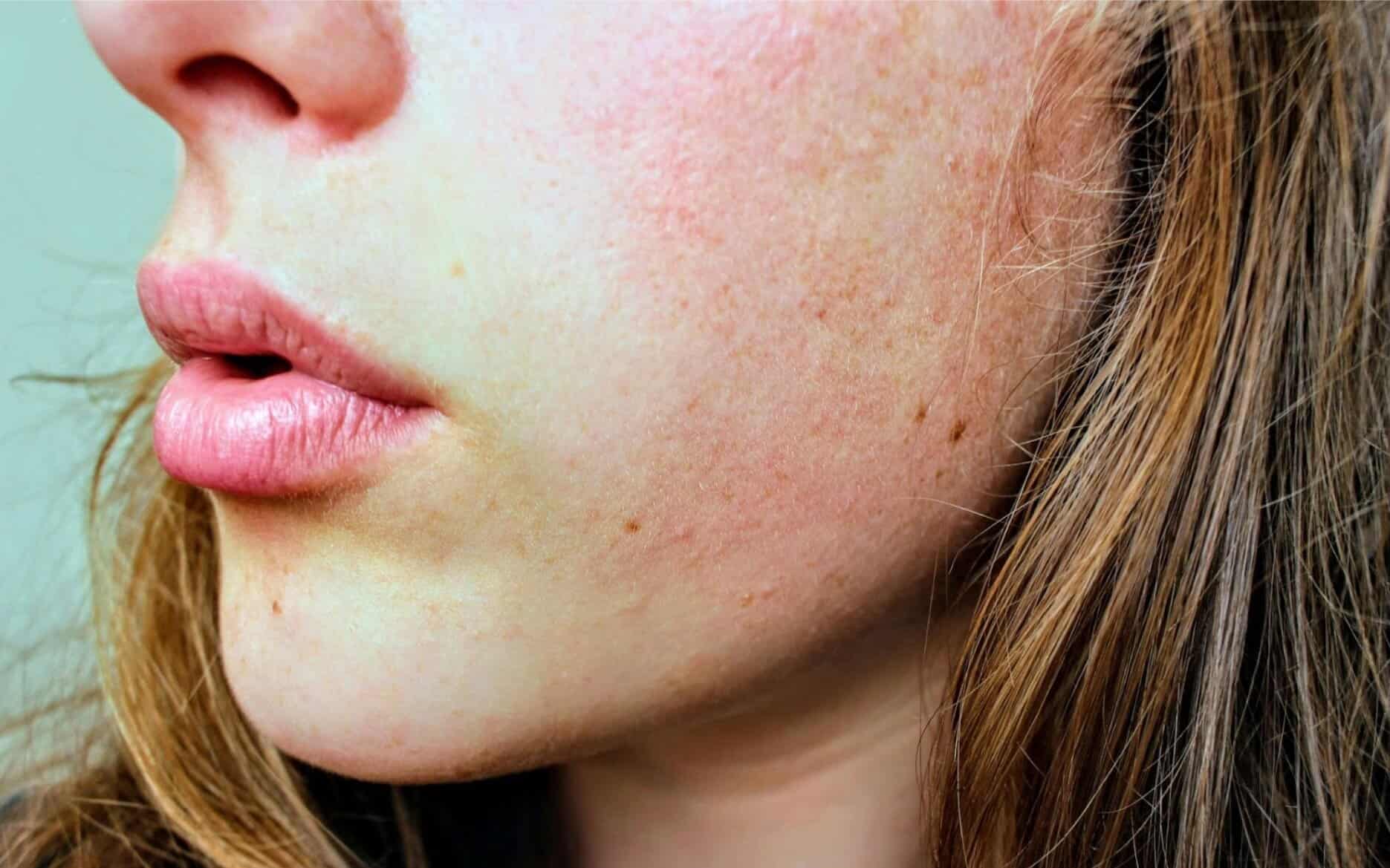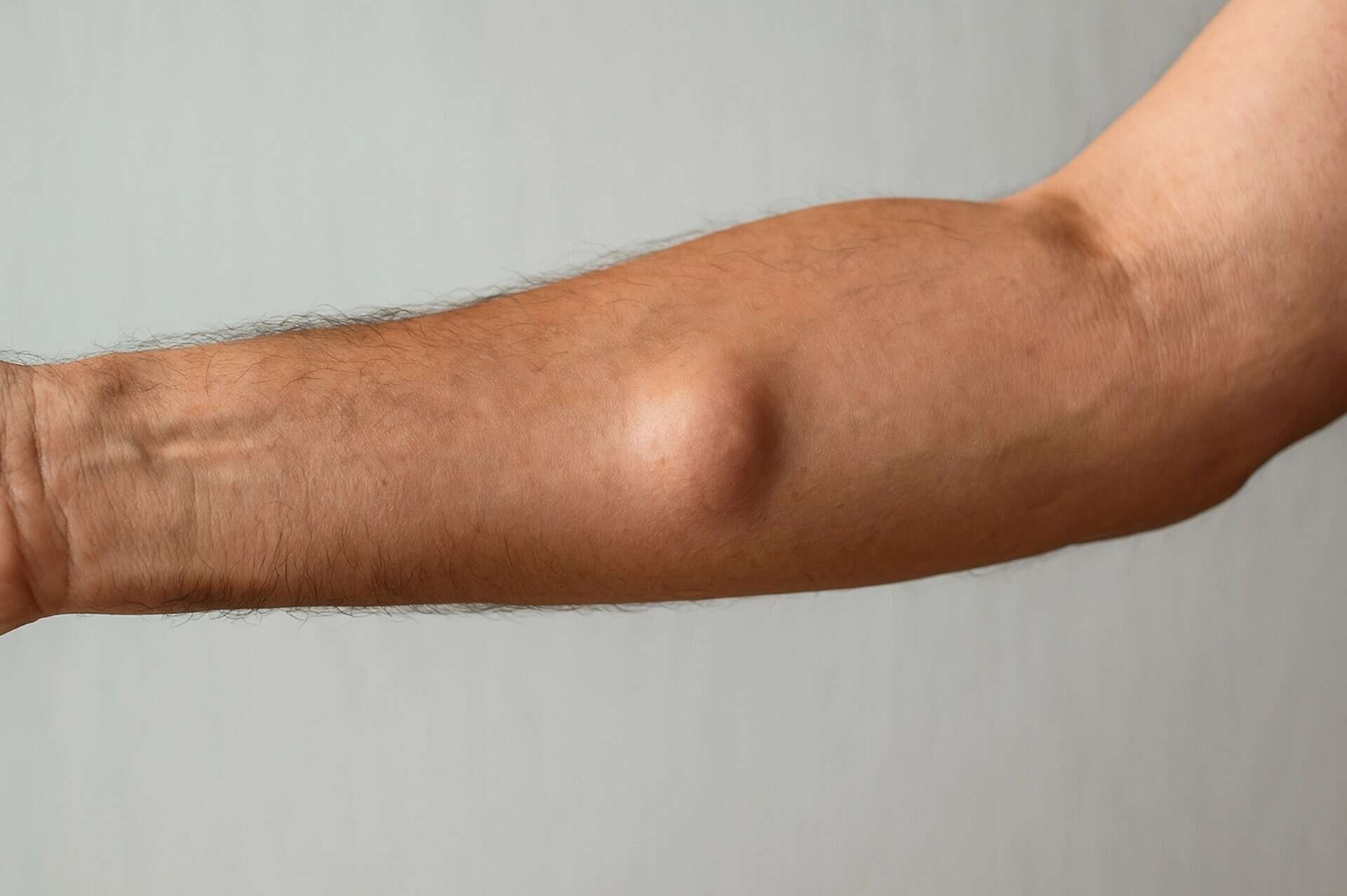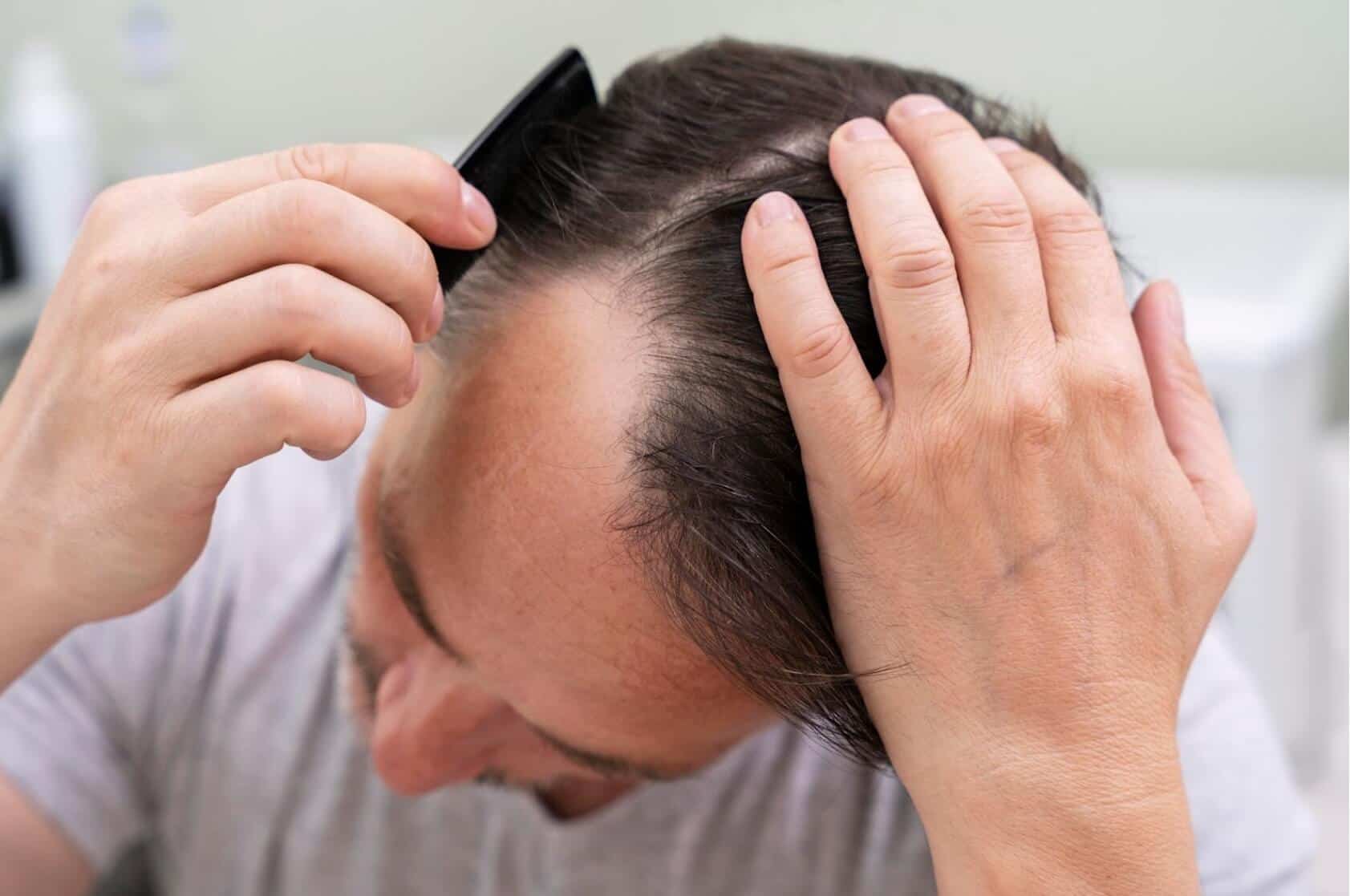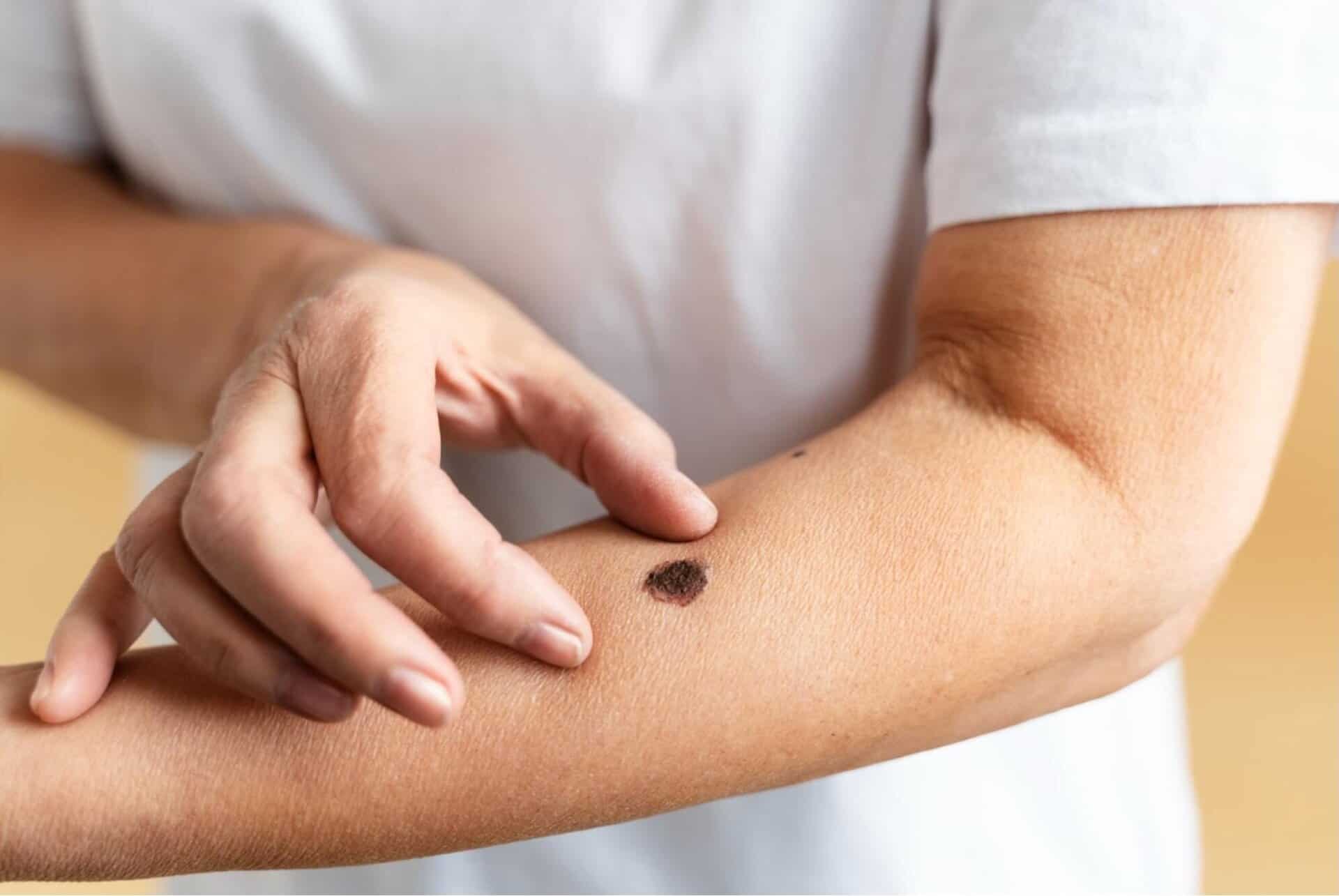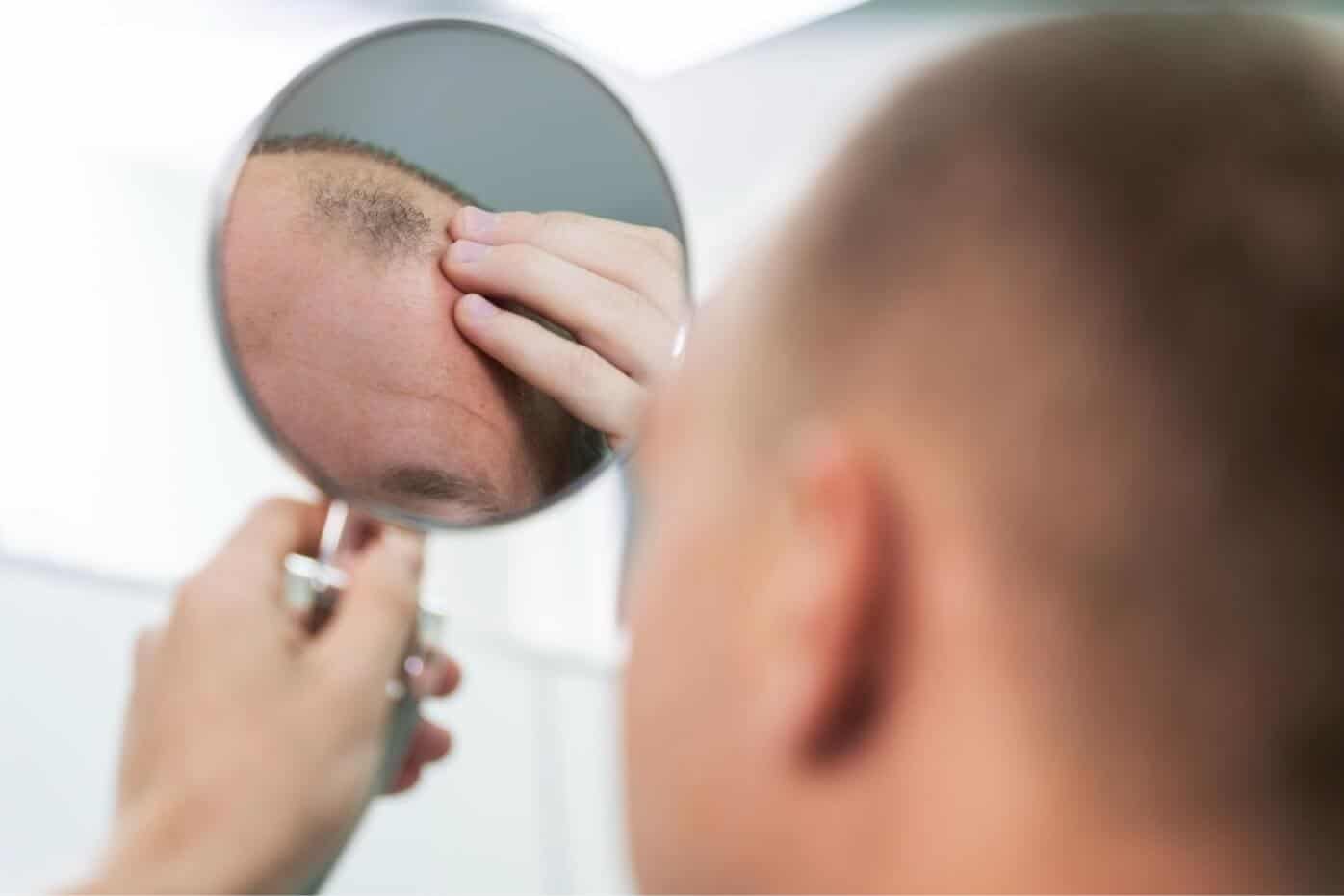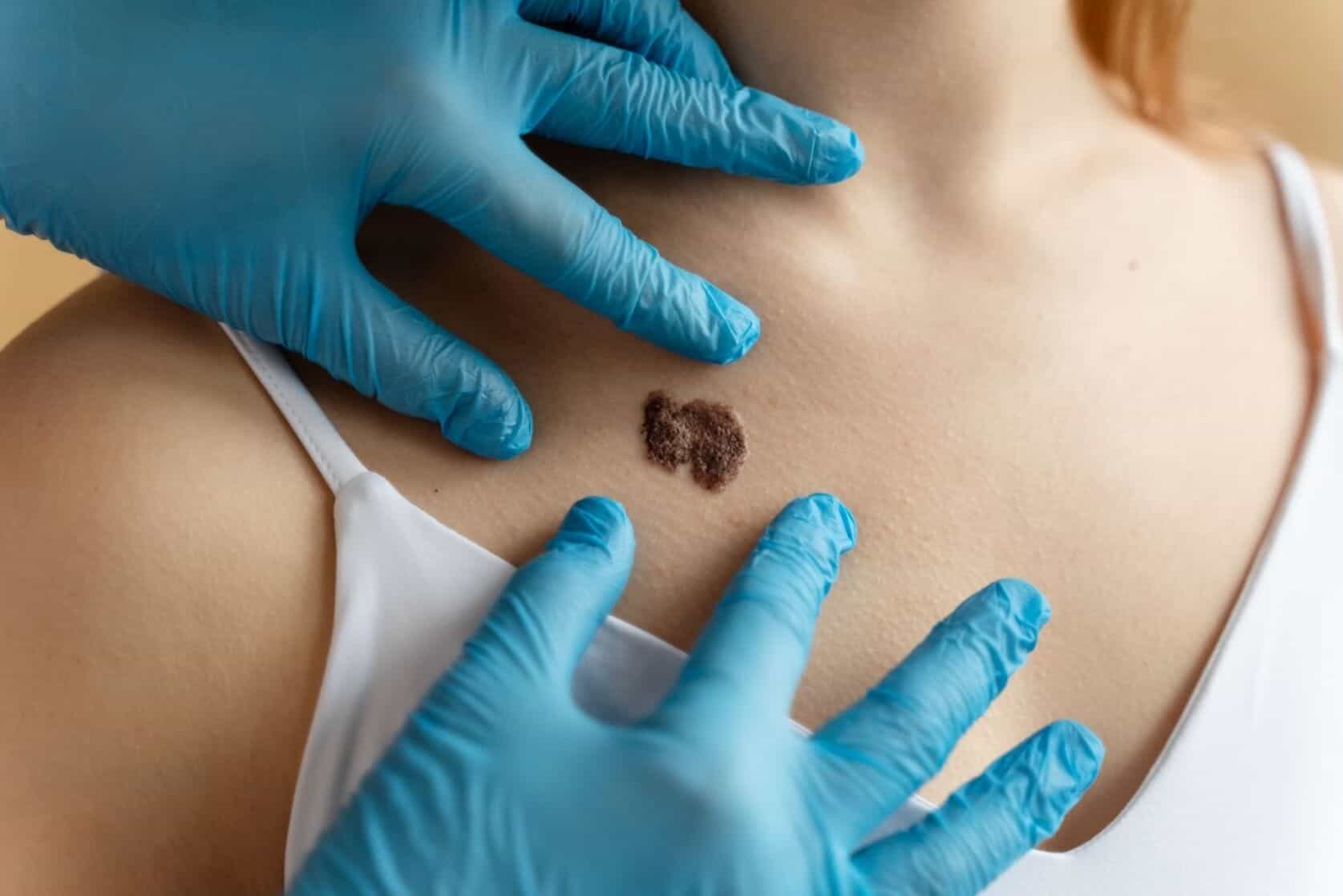Yes, you can get laser hair removal if you have ingrown hairs. In fact, laser treatment is often recommended for chronic ingrown hair issues as it targets the follicle itself, preventing future growth and reducing inflammation. Clinical studies show significant improvement in razor bumps and ingrown hairs after just a few treatments.
- Dr Anny Choudhry
- Reading Time: 10 Mins
Ingrown hairs and razor bumps can turn your smooth skin dreams into a bumpy nightmare. The constant cycle of shaving, waxing, and plucking often makes the problem worse. But what if there was a solution that not only removes unwanted hair but also tackles those painful, irritating ingrown hairs? Laser hair removal might be the answer you’ve been searching for.
Key Takeaways
- Laser hair removal effectively treats and prevents ingrown hairs by targeting the hair follicle, eliminating the root cause of the problem.
- Clinical studies show significant improvement in razor bumps within 8 weeks of laser treatment, with long-lasting results compared to temporary hair removal methods.
- While multiple sessions (typically 6-8) are needed for optimal results, proper aftercare between treatments helps maximise effectiveness and minimise potential side effects.
Table of Contents
Can You Get Laser Hair Removal If You Have Ingrown Hairs?
Yes, you absolutely can get laser hair removal if you have ingrown hairs. In fact, it’s often recommended as a treatment option for those suffering from recurrent ingrown hairs and razor bumps.
According to a study published in JAMA Dermatology, treatment with a diode laser led to significant improvement in pseudofolliculitis barbae (the medical term for razor bumps) within just 8 weeks. The study demonstrated long-term reduction in hair growth and a decrease in ingrown hairs.
Laser hair removal works differently from temporary hair removal methods. Rather than cutting or pulling the hair (which can lead to more ingrown hairs), laser treatment targets the root cause by disabling the hair follicle itself.
What Causes Ingrown Hairs and Razor Bumps?
Ingrown hairs occur when a hair curls back or grows sideways into the skin instead of rising up from the follicle. This trapped hair can cause inflammation, pain, and small, raised bumps that resemble pimples.
Several factors contribute to ingrown hair development:
- Shaving is perhaps the most common cause. When you shave, the hair is cut at an angle, creating a sharp tip that can easily pierce back into the skin as it grows. Dull razors and improper shaving techniques make this problem worse.
- Waxing and plucking can also trigger ingrown hairs. When hair is forcibly removed, the new hair that grows back may become trapped beneath the skin’s surface.
- Hair texture plays a significant role too. People with naturally curly or coarse hair are more susceptible to ingrown hairs because the curved hair is more likely to re-enter the skin.
- Dead skin cell buildup can block the hair follicle opening, forcing growing hairs to change direction and grow sideways under the skin.
The most commonly affected areas include the beard area (particularly for men), bikini line, underarms, and legs, areas where hair is typically coarser and subjected to frequent removal.
When left untreated, ingrown hairs can lead to:
- Painful, itchy bumps
- Skin darkening (post-inflammatory hyperpigmentation)
- Scarring
- Bacterial infections
- Permanent skin texture changes
Breaking this cycle requires addressing the root cause, and that’s exactly what laser hair removal does.
How Laser Treatment Helps with Ingrown Hairs
Laser hair removal offers a unique solution to ingrown hairs by targeting the actual source of the problem: the hair follicle itself.
During treatment, the laser emits a concentrated beam of light that’s absorbed by the melanin (pigment) in the hair shaft. This light energy converts to heat, which damages the hair follicle and impairs its ability to grow new hair.
A 2019 review published in Clinical, Cosmetic and Investigational Dermatology confirmed that laser hair removal is an effective long-term therapy for pseudofolliculitis barbae, typically requiring 3-7 sessions and reducing both hair growth and associated inflammation.
The beauty of this approach is that by reducing or eliminating hair growth in problematic areas, you automatically reduce the occurrence of ingrown hairs. No hair means no ingrown hair.
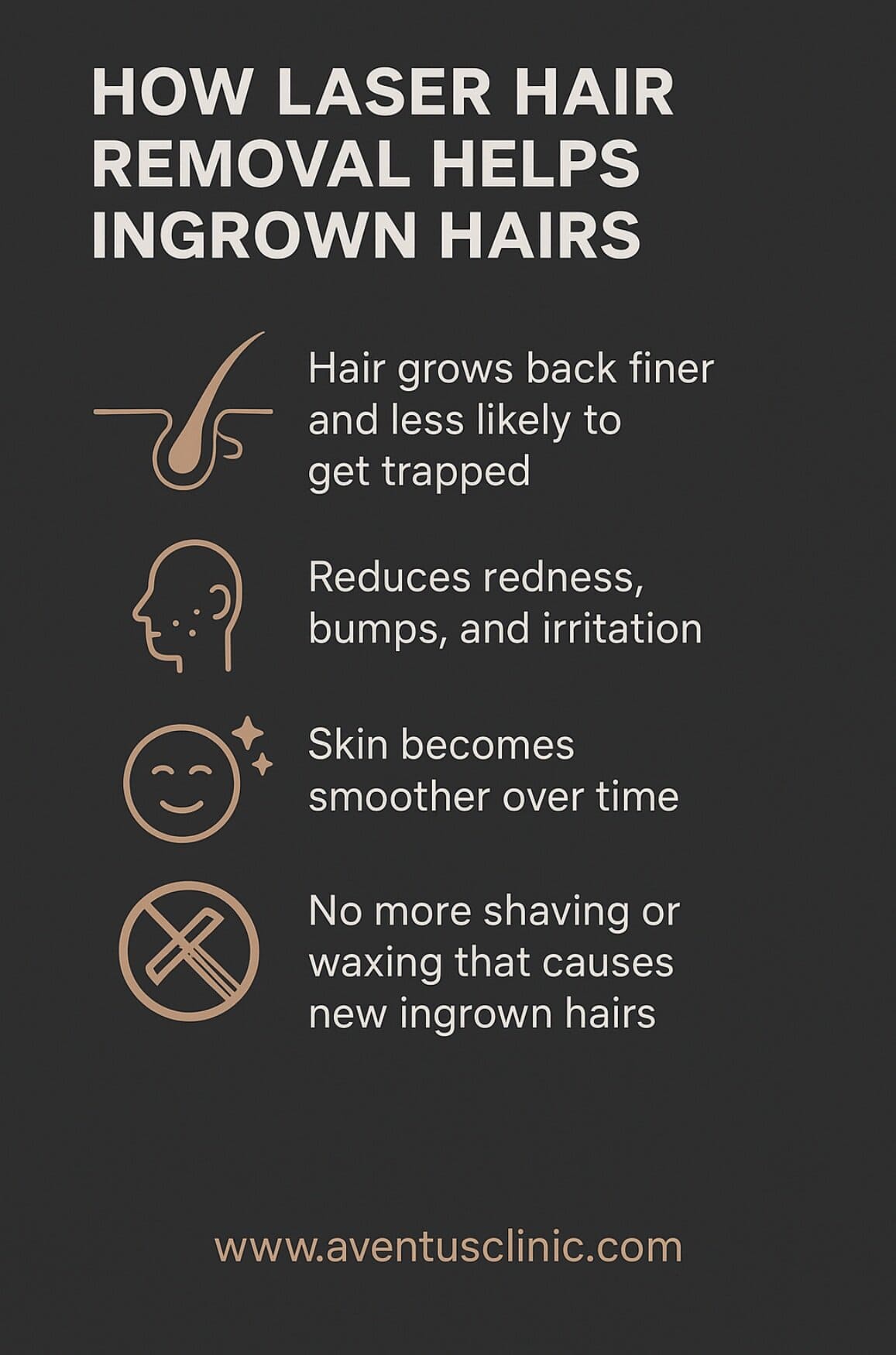
Our laser hair removal treatment uses advanced technology that’s effective for all skin types, making it accessible to everyone struggling with ingrown hairs.
The table below illustrates the difference between laser hair removal and traditional methods for treating ingrown hairs:
| Treatment Method | Immediate Effect | Long-term Prevention | Typical Duration of Results |
|---|---|---|---|
| Shaving | Temporary relief | May worsen condition | 1–3 days |
| Waxing | Removes visible hair | Moderate prevention | 2–6 weeks |
| Chemical Depilatories | Dissolves hair at surface | Limited prevention | 1–2 weeks |
| Exfoliation | Removes dead skin | Helps prevent blockage | Requires regular maintenance |
| Laser Hair Removal | Targets hair follicle | High prevention rate | Months to years/permanent |
What to Expect During and After Laser Hair Removal
The Procedure
Your laser hair removal session will begin with a consultation to assess your skin type and hair colour. The treatment area will be cleaned, and you might receive a cooling gel to protect your skin.
The laser specialist will then use a handheld device to deliver pulses of light to the treatment area. Each pulse takes just a fraction of a second and treats many hairs simultaneously. Small areas like the upper lip might take just minutes, while larger areas like legs or back can take an hour or more.
Most patients describe the sensation as similar to a rubber band snapping against the skin. Modern devices like the ones we use at our clinic include cooling technology to minimise discomfort.
Immediate Aftereffects
Right after your treatment, you might experience temporary side effects:
- Redness and swelling are common and typically subside within a few hours to days.
- Skin sensitivity similar to a mild sunburn is normal and usually resolves quickly.
- In rare cases, you might notice slight pigment changes, blistering, or crusting, but these effects are usually temporary.
Recovery Process
Most people can return to their normal activities immediately after treatment. However, the treated area will be sensitive, so you’ll need to:
- Avoid direct sun exposure for at least a week
- Skip hot showers, saunas, and strenuous exercise for 24-48 hours
- Refrain from using exfoliants or harsh skincare products until redness subsides
Within a week or two after treatment, you’ll notice treated hairs shedding. This is a normal part of the process and not new growth.
Aftercare Tips for Ingrown Hair-Prone Skin
Proper aftercare is crucial for maximising results and minimising complications, especially for those prone to ingrown hairs.
- Gentle cleansing: Use mild, fragrance-free cleansers on treated areas to avoid irritation.
- Exfoliation: Once the initial sensitivity subsides (usually after 5-7 days), gentle exfoliation can help prevent dead skin cell buildup. Chemical exfoliants containing salicylic acid are often better than physical scrubs.
- Hydration: Keep skin moisturised with non-comedogenic lotions to maintain skin barrier function.
- Sun protection: Always apply broad-spectrum sunscreen with SPF 30 or higher to treated areas when exposed to sunlight, as laser-treated skin is more susceptible to sun damage.
- Avoid picking: Resist the urge to pick at shedding hairs or any small bumps that may appear during the healing process.
An Open Access review warns that exercise or hot showers within 24 hours post-treatment may lead to secondary infection or ingrown hairs, highlighting the importance of following aftercare instructions carefully.
For patients with persistent cysts related to ingrown hairs, we also offer cyst removal treatment.
Conclusion
Laser hair removal offers a clinically proven solution for those suffering from ingrown hairs and razor bumps. By targeting the hair follicle itself, this treatment addresses both existing issues and prevents future occurrences.
If you’re tired of dealing with painful, unsightly ingrown hairs, our experts can help determine if laser hair removal is right for you. Take the first step toward smoother, clearer skin by completing our free online assessment today.
Frequently Asked Questions
Does laser hair removal remove existing ingrown hairs?
Yes, laser treatment can help resolve existing ingrown hairs by reducing inflammation and allowing the trapped hair to release. However, the primary benefit is preventing future ingrown hairs by reducing overall hair growth.
Will laser hair removal stop razor bumps permanently?
According to research published in JAMA Dermatology, laser hair removal can significantly reduce or eliminate razor bumps long-term. The 2000 study showed marked improvement in pseudofolliculitis barbae within 8 weeks, with lasting results.
Is it safe for sensitive skin or darker skin tones?
Modern laser technology has made treatment safer for all skin types. Specific lasers like Nd are designed for darker skin tones. At our clinic, we use advanced technology suitable for all skin types. However, a consultation is essential to determine the best approach for your specific skin type.
How many sessions are needed for visible results?
Most people notice improvement after 3 sessions, but a full course typically requires 6-8 treatments for optimal results. The exact number depends on factors like hair thickness, treatment area, and individual response to treatment.
Can laser hair removal make ingrown hairs worse before they get better?
Some patients experience a temporary increase in ingrown hairs after initial treatments as the hair follicles respond to the laser energy. This typically resolves as treatments progress. Following proper aftercare instructions minimises this possibility.



